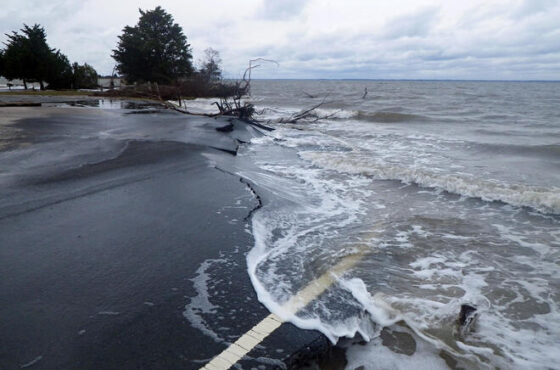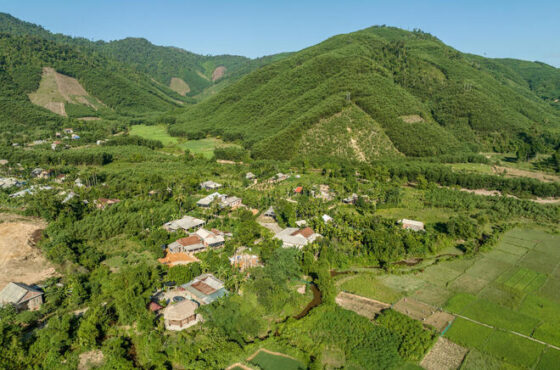Watt’s It to You? How Michigan’s Energy Bills Measure Up
Published by the Natural Resources Defense Fund
It was with great determination that a pair of bipartisan energy bills passed last December putting Michigan on the path toward a clean, affordable, and reliable energy future. The law maintained and improved aspects of the energy efficiency and renewable energy standards and long term planning, but more work remains to make the bills a reality. To carry out the laws, over the next year, state officials, utilities, and stakeholders will study and propose plans related to all aspects of energy in the state.
What does this mean to you? It means the vision for Michigan’s energy future is being crafted right before your eyes and which vision is chosen will affect your health, wealth, and jobs. This blog series will help you keep an eye on the process. Just like a “watt” is a unit (like an inch or gallon) for measuring electricity, this blog will measure how Michigan’s energy legislation will impact your life. Here’s what’s happening, what to look for, and how to get involved.
What’s Happening
Most people are familiar with the idea of the House and Senate working with the Governor to craft laws like the energy bills passed last December, but what happens next? In this case, the law will be carried out by the Public Service Commission or PSC, a governing body of three commissioners in Michigan, that regulates issues ranging from how your monthly electric bill is calculated to what energy efficiency programs are offered to communities and businesses across the state. Thanks to the passing of the current law, many important processes from the previous energy law will continue and a few new ones will begin.
Snapshot of the Regulatory Process at the Public Service Commission

What to Look For
The new energy law requires some utilities to outline how much energy they expect the state to need and how they plan to meet that need while effectively managing risk and costs. These plans are called integrated resource plans (IRPs) and are submitted by utilities to the PSC for review and approval. But first, the PSC is required to gather input from the public, and in collaboration with the Michigan Agency for Energy (MAE) and the Department of Environmental Quality (DEQ), set guidelines to use in filing IRPs. Energy efficiency, renewables, demand response, and fossil fuels will all be topics discussed during the process.
Both a formal and informal process will take place to complete the plan. The formal process with be an official case taking place at the PSC between mid-August and mid-December of this year. Initial drafts will be posted online and commented on, then staff will summarize comments and offer a proposal, and the process will conclude with a final order in December. The informal process is designed to precede and prepare for the formal proceeding. Between March and July, interested stakeholders will divide into work groups and develop recommendations for their topic. These comments will ultimately be combined into a straw man proposal for the formal proceeding.
Process Timeline

A continuation from previous law are the energy efficiency and certificate of necessity cases. These cases will begin sometime between Spring and Fall while this larger process is underway. Energy efficiency cases show the combination of programs the utility plans to offer to all its residential, business, and industrial customers to meet the legal requirement to reach specific energy savings.
A certificate of necessity case is when a utility sees the need to build a generating plant like a coal or natural gas plant to meet a future energy need. They go before the commission to make the case for the need for the plant and then receive pre-approval for recovering the costs of the construction. Both types of cases are crucial to ensuring that your electricity is reliable, affordable, and protects the environment. The more clean energy resources like energy efficiency and renewables planned, the more affordable and less polluting our energy is.
How to Get Involved
If you’re interested in how decisions are made that affect your energy bills, energy industries in the state, and your health, here are three opportunities to get involved.
- Public hearings will be held across the state as part of the formal proceeding. The announcement of specific dates and locations will be in September, but should include East Michigan, West Michigan, and the Upper Peninsula.
- The PSC has created a new webpage to follow along at home based on specific topics.
- Keep an eye out for more NRDC updates and blogs on meetings, cases, and reports.
Read the full article at: https://www.nrdc.org/experts/ariana-gonzalez/watts-it-you-how-michigans-energy-bills-measure




